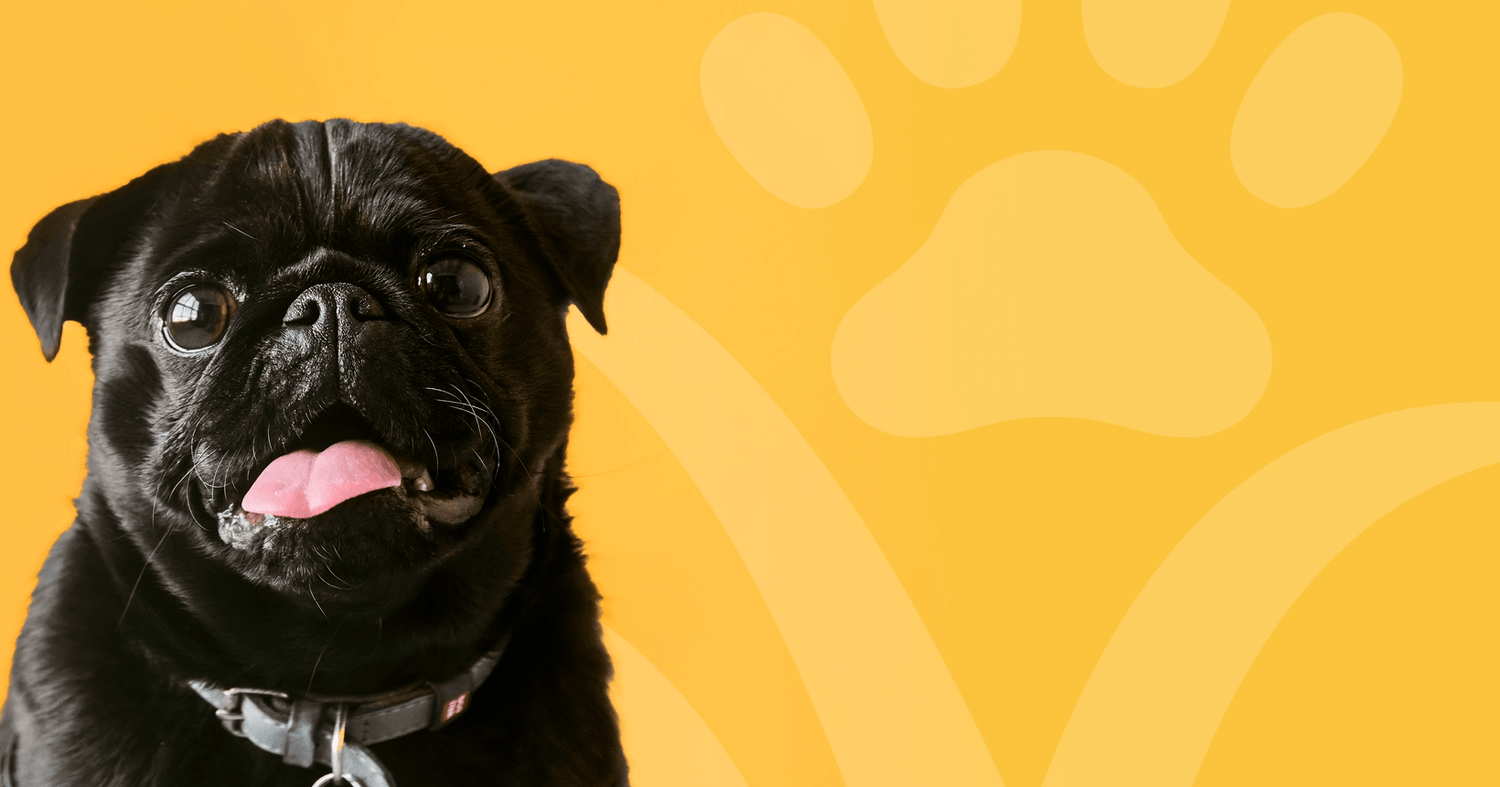
The Furry Cat: Basic Skin and Coat Tips for Kitties
Picture this if you will.
You’ve just sat down on the couch.
Then, as if some mystical signal is sent through the air, your cat automatically comes from nowhere and instantly finds your lap.
Your instinct? To pet her of course!
Now, what do you expect when you’re petting and scratching your furry friend behind the ears and under her chin? A soft, silky fur coat. A coat that shines and glistens that your fingers can run through effortlessly.
Although the feel of that soft fur is one of the best things about having a cat on your lap, the appearance and feel of a kitty’s furry coat isn’t just a point of vanity for your fluffy pal to show off. The skin and coat are also important indicators of a cat’s overall health.
In this article, we’ll talk about what a cat’s skin and coat do for them, how they take care of themselves, when to recognize problems arising, and what you can do at home to help support your kitty’s skin and coat health.
How Do Cats Take Care of Their Own Coat?
If you’ve ever had the pleasure of getting a lick or groom from your kitty, you’ll know it’s not as pleasant as that wet, sloppy kiss from a dog.
A cat’s tongue has thousands of small, curved spine-like structures on its surface, called papillae. While these little curved hooks make a cat’s tongue feel like sandpaper on our skin, they actually serve a couple of very important purposes.
When a cat grooms himself, several things are happening. First, loose and dead hair is removed, leaving that soft, glistening, healthy fur to remain. Second, glands in the skin release an oily substance called sebum. Sebum helps to keep the skin hydrated and protected.
Those little bristles also help to remove dirt and any other foreign material trapped in the fur.
Through regular grooming, cats keep themselves very clean and healthy, constantly exfoliating and renewing their skin and coat.
The result is a smooth, soft, shiny layer of fur.
When To Recognize a Problem
So if that’s what a healthy kitty’s skin and coat should look like, then what does it look like when it’s not healthy?
If a cat is not grooming well or often enough, you’ll typically see a coat that appears greasy and matted, sometimes with white flaky bits of dandruff, or seborrhea.
Matted cat hair occurs when dead or loose hair gets entangled with healthy hair, forming a knot that becomes very difficult to get out, even with dutiful brushing.
Dandruff, or seborrhea, is a sign that the skin is poorly hydrated and kind of cracked or broken on the microscopic level.
On the flip side, signs of excessive grooming will lead to either short, stunted looking fur, or the fur being completely absent, which is termed alopecia.
These abnormal appearances can occur for many reasons, as there are many types of skin conditions in cats. A poorly groomed coat may be the result of a cat being overweight and unable to actually reach certain parts of her body. Or, elderly or very sick cats may simply lose interest in regular grooming.
Seborrhea can be seen in cats with dry skin, but this can be a result of poor grooming, which usually helps to keep the skin hydrated and protected.
When fur appears absent from over-grooming, this can occur secondary to skin irritation, like an environmental or food allergy, or secondary to stress-induced or obsessive-compulsive-like behavior.
Other things to look for as signs of concern include, excessive scratching, red or raw looking skin, bumps, crusts, and other abnormal changes.
If you see any of these types of concerns, it’s best to have your cat seen by your vet to figure out what some potential causes may be. Discussions may include allergies, stress, weight, or looking for underlying causes contributing to poor grooming.
What Can Be Done at Home?
Although most cats can groom and take care of themselves fairly well, there are some things you can do at home to help your furry friend along, and make sure that fleecy coat stays soft.
Healthy Weight
Overweight cats often have trouble adequately grooming their hindquarters. They’re just not quite flexible enough anymore to reach that far. Seeing signs like hair mats and dandruff along the back closer to the tail is not uncommon.
Keeping your kitty at a healthy weight is important as she’ll be able to better reach those hard-to-reach areas. Kitties at an ideal weight also have more energy, fewer health complications, and tend to be better at grooming and staying tidy.
Brushing
Although many cats are great at grooming and removing dead hair with that bristly little tongue, all of that hair gets swallowed. With too much hair swallowed, we can see hairballs develop, or sometimes issues with constipation.
Helping your kitty by regular combing and brushing can help remove dead hair, making it a little easier on your cat’s tummy, so he can just focus on looking his best. Special tools can really help pull out that dead hair in kitties with thicker coats. Plus, cats often really like the sensation of being brushed, making for some good bonding time.
Good Nutrition
Being on a well-balanced diet with proper levels of vitamins, minerals, and essential fatty acids contributes significantly to skin and coat health. Making sure the diet you’re feeding meets AAFCO standards is a great start, but make sure to ask your vet if you’re not certain about the nutritional quality of your furry friend’s diet.
Supplements
While a good diet is a great foundation, good quality skin and coat supplements for cats can provide extra support. Common ingredients in skin and coat supplements for cats include:
Zinc, which is important for cell growth and wound healing.
Omega fatty acids, which help to improve skin barrier function, maintaining hydration while keeping out irritants.
Brewer’s yeast, which contains B vitamins, chromium, and more zinc.
Turmeric, which has anti-inflammatory and antioxidant properties that help support the skin’s immune response.
Quercetin, which can also help support inflamed skin by supporting the skin barrier’s function and improving hydration.
What About Bathing?
Cats are very fastidious self-bathers, it’s true, but their own cat grooming practices don’t always get a thorough, deep clean. Sometimes bathing can help to get out additional debris clinging to the fur, especially in a kitty that goes outdoors.
If your cat has trouble grooming, bathing may actually be the best way to help with dry skin, seborrhea, and those difficult-to-reach areas for our overweight kitties.
Generally, bathing every 4-6 weeks is a good frequency to consider. Bathing more often can negatively affect the skin and coat. When cats groom and release oils from the glands in their skin, this helps to keep their coat hydrated and protected. Bathing too often can remove this protection and affect the skin's integrity.
It’s also important to consider how difficult it might be to bathe your cat. Contrary to popular belief, not all cats hate baths—the kitty I grew up with loved to saunter around the tub getting sprayed gently with lukewarm water—but it’s true not all kitties are fans. It can be helpful to start early and go slowly. Throwing your kitty in the deep end so to speak will likely not go well. Don’t use too much water at once, make sure it’s not too hot or too cold, and always use a shampoo for cats formulated for their unique skin needs.
Concluding Thoughts on the Coat
While it’s true most cats can take care of themselves when it comes to their skin and coat, supporting your kitty’s skin and coat health through promoting an ideal weight, brushing, nutrition, and occasional bathing can not only help support the skin and coat’s condition, but also provide some quality bonding time for you and your furry friend.
And remember, if you’re seeing signs of hair loss, itchiness, crusts, flakes, matted cat hair, or other abnormalities, make sure to schedule a visit with your veterinarian to help determine what likely causes and possible treatments may be.









